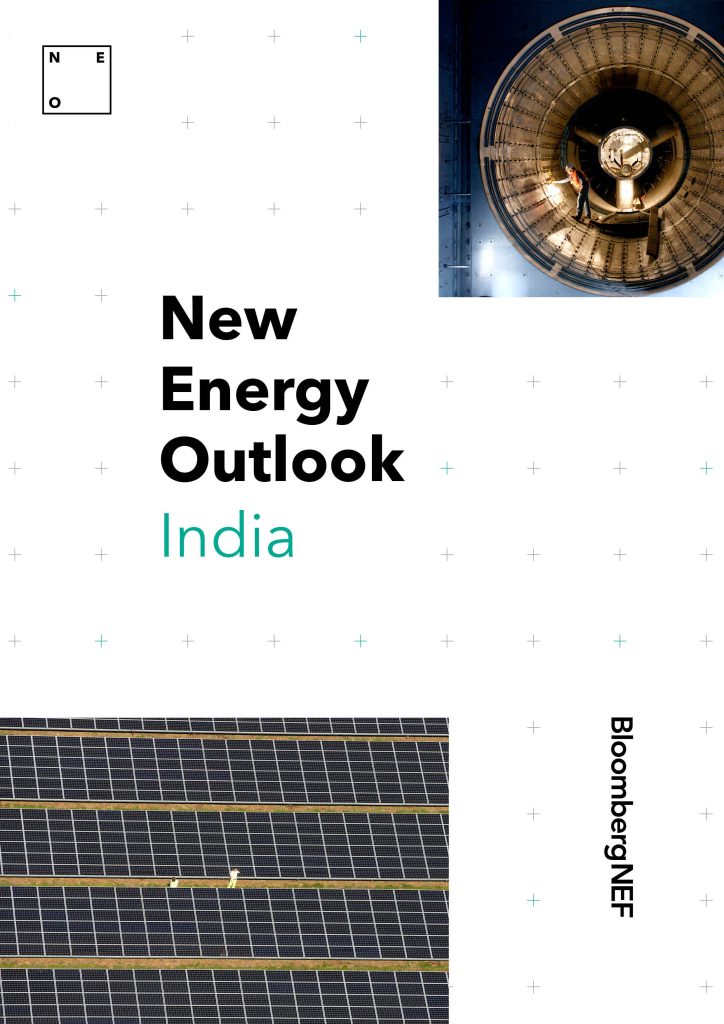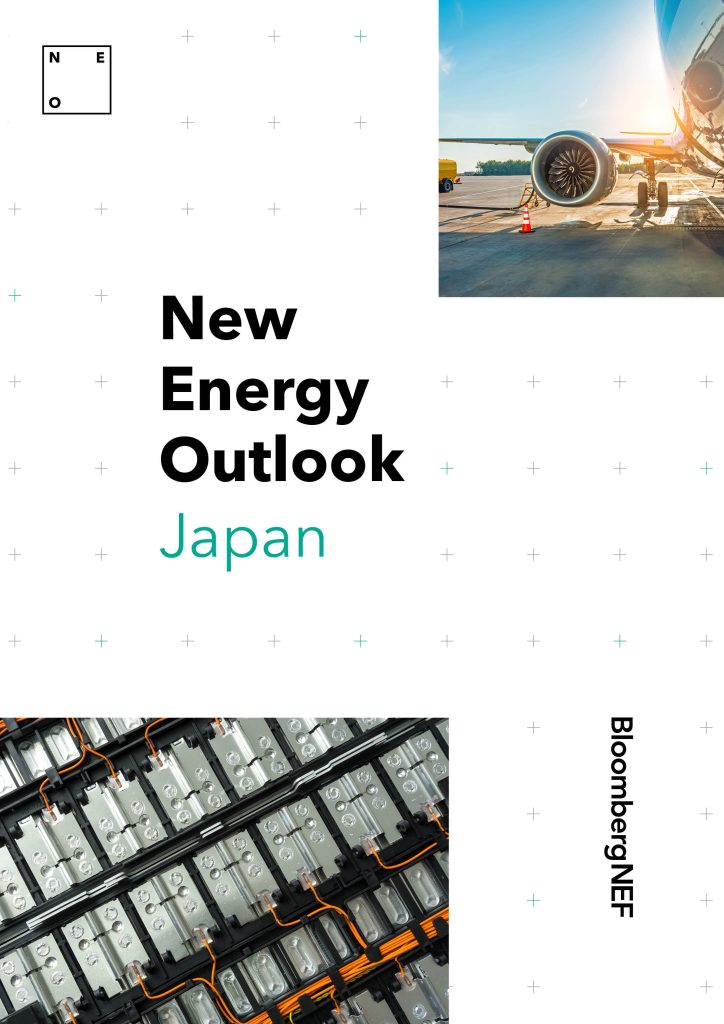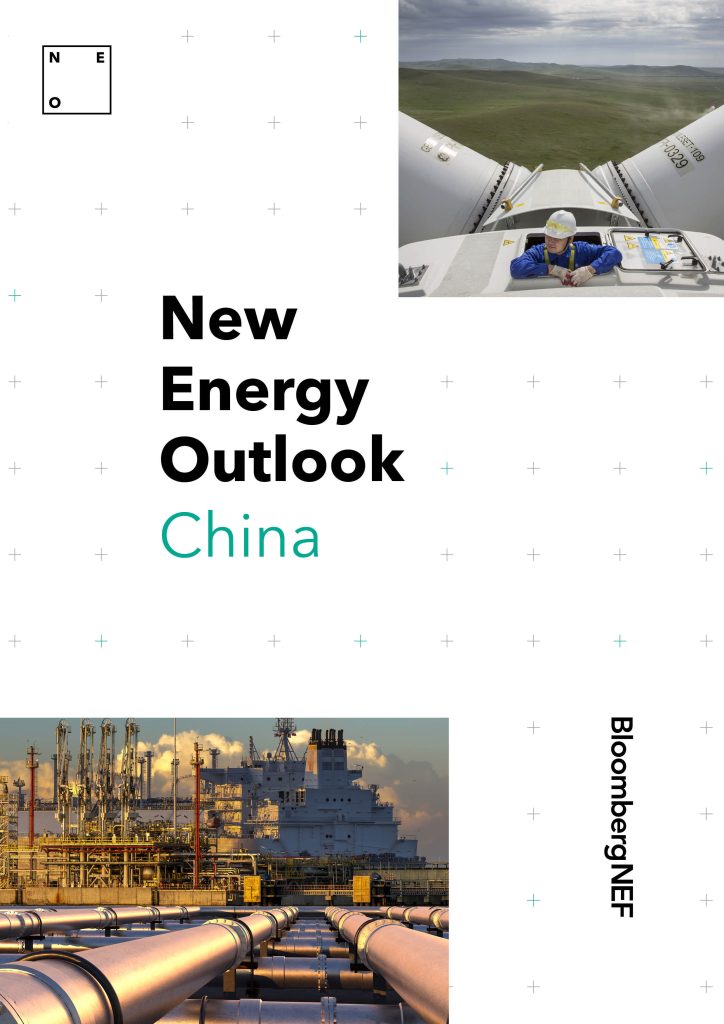The New Energy Outlook (NEO) is BloombergNEF’s long-term scenario analysis on the future of the energy economy covering electricity, industry, buildings and transport and the key drivers shaping these sectors until 2050.
In 2023, we dove deeper into our NEO 2022 analysis in a series of special reports on country and sector pathways to reach net zero by 2050.
Regional Reports
New Energy Outlook 2023: United States
2 August 2023
US emissions have been declining gradually over the past decade. While the substantial funding package of last year’s Inflation Reduction Act (IRA) makes decarbonizing technology of all types cheaper, there are limits to what can be achieved with even the most generous incentives. For ambitious federal policies to translate to a sustained diversification away from fossil fuels, the hard work of building supportive physical infrastructure, streamlining permitting, and regulating reluctant parts of the economy remains. Without a concerted push on these fronts, the US is unlikely to hit the targets that it has committed to under the Paris Agreement.
This outlook builds on the long-term scenarios developed in BloombergNEF’s New Energy Outlook and introduces a new Policy Scenario which fully factors in the impact of the Inflation Reduction Act on the trajectory of the US energy transition.


New Energy Outlook 2023: Australia
23 May 2023
Australia’s transition to one of the most diversified and low-carbon systems in the world is already underway, driven by favorable economics and an abundance of natural renewable energy resources. However, federal and state governments must accelerate the deployment of established decarbonization technologies, and the development of others, if Australia is to meet its Paris Agreement goals. This report shows pathways and cost for Australia to meet climate goals and become a major hydrogen exporter.
BNEF clients can access the full report here.
Sector Reports

New Energy Outlook 2023: Grids
2 March 2023
At least $21.4 trillion needs to be invested in electricity grids by 2050 to support a global net-zero trajectory. But spending on grids has fallen short in recent years, resulting in bottlenecks that are slowing the deployment of renewables and electrification.
BNEF clients can access the full report here.
Download
BloombergNEF New Energy Outlook reports on regional and sector transitions are available in free executive summaries. Simply complete the form below to receive access instructions via email.
BNEF clients can access the full NEO 2022 global summary report as well as previous annual editions.
Visit the client page.




